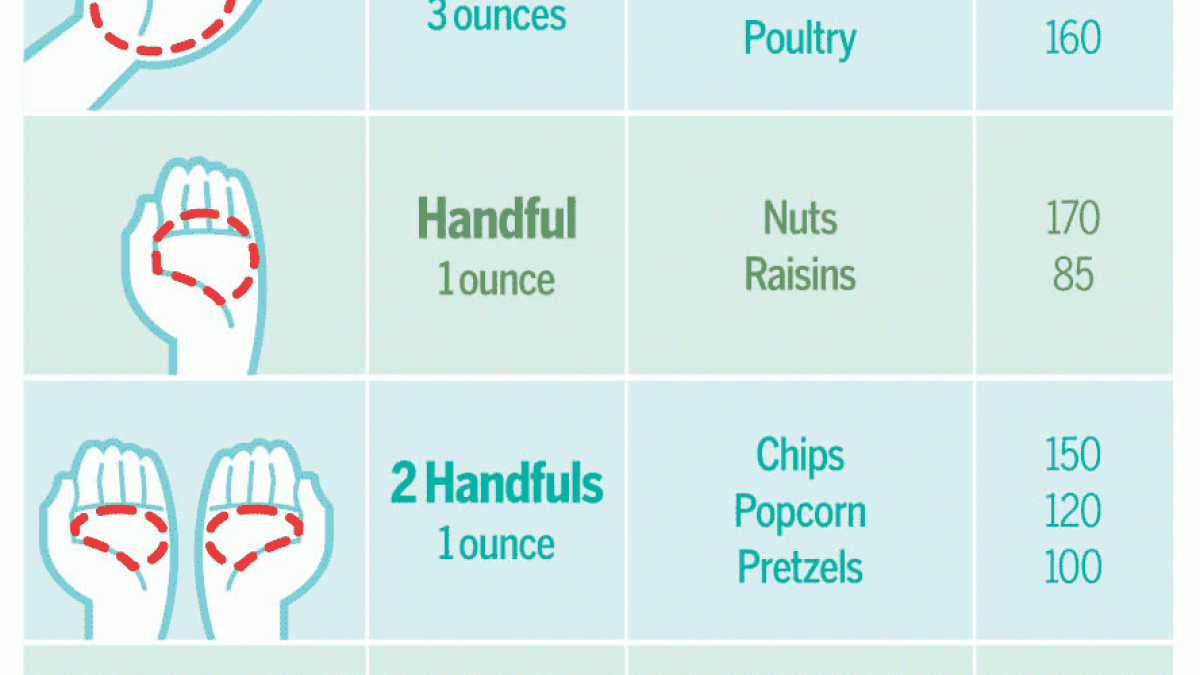Employee Wellness Program shares guide to healthy holiday eating

With tempting trays of chocolate chip cookies, mouth-watering aromas in the air and the general laissez-faire attitude that often accompanies the consumption of food and beverage around the holidays, it’s hard not to overindulge.
ASU’s Employee Wellness Program is here to give you some tips and tricks to help you battle the bulge this holiday season.
One of the most common culprits of extra caloric intake during the holidays is the office cookie tray – or cake tray, or fudge tray, or whatever tray. It sits innocently enough in the middle of the break room table, but as you walk by, it practically begs you to try a piece. Before you know it, you've given into temptation and nearly doubled your recommended daily calorie allowance.
To help avoid this pitfall, ASU Health Services dietitian Suzette Kroll suggests two things: one, stick to a regular meal time schedule, and two, bring healthy snacks to work with you.
Making sure to eat at regularly scheduled times throughout the day ensures that you feel full and well-nourished, making tasty treats less tempting. Planning ahead and having healthy snacks on hand helps to stave off cravings that can result in binging on foods high in sugar and fat. Foods such as nuts, nonfat yogurt, cottage or string cheese, hummus and veggies, or easy-to-eat fruit – like apples, bananas and grapes – all get the job done in a nutritious and satisfying way.
One warning about nuts, though: while they contain unsaturated fat (sometimes called “good fat”), which has been thought to be very heart-healthy, they also pack a high calorie count. For this reason, it’s best to measure out a portion beforehand; otherwise, you risk nullifying their benefits. The recommended portion size for nuts is about one-fourth cup, or 1 ounce. Don’t have a measuring cup? Use an Altoid mint tin; it’s about one-fourth cup.
On that subject, when you sit down to that delicious turkey dinner with your family, before you go stuffing your face with, well, stuffing, bear in mind that the key to eating healthy at big family meals is portion control. A few good rules of thumb to keep in mind: your fist is roughly one cup, and a deck of cards or a computer mouse are both roughly 3 ounces. (Check out the handy portion control chart above for more tips like these.)
If you simply cannot ignore that sweet tooth, Kroll suggests enjoying the smallest portion possible, or otherwise opting for fruit-based, low- or non-fat desserts. And instead of a having a cooking exchange, how about opting for a low-cal dessert exchange? More good tips: use Splenda instead of sugar and non-fat milk instead of cream in your coffee; opt for the zero calorie version of your favorite sports drink; ask for seltzer water instead of soda in your cocktail at holiday parties; and always remember to get enough water.
If you keep these simple tricks of the trade in mind, you’re sure to get through the holiday season (relatively) unscathed. Also keep in mind that the Employee Wellness Program is offering three nutrition classes in November. The schedule for those classes is as follows:
• “Vitamins,” noon to 1 p.m., Nov. 5, Memorial Union room 207, Tempe campus
• “The Inside Scoop on Grocery Shopping,” noon to 1 p.m., Nov. 14, Memorial Union room 207, Tempe campus
• “Health Holiday Eating,” noon to 1 p.m., Nov. 20, Memorial Union room 207, Tempe campus
Program nurse Elizabeth Badalamenti has rounded up a group of experts who will be presenting on these topics free of charge to any interested faculty or staff.
To learn more about the Employee Wellness Program, visit their website, here.